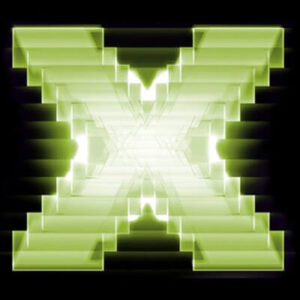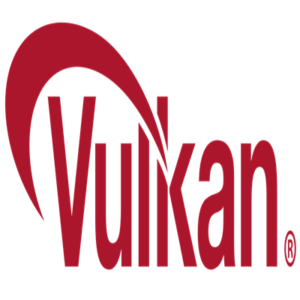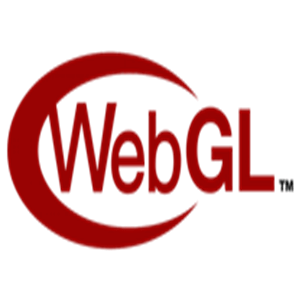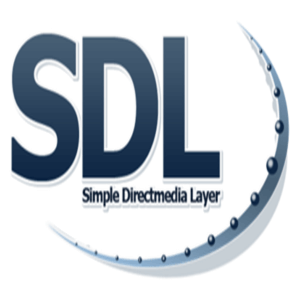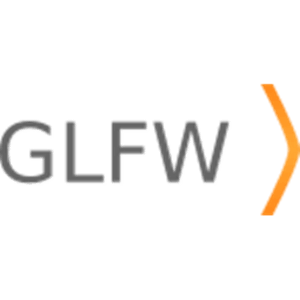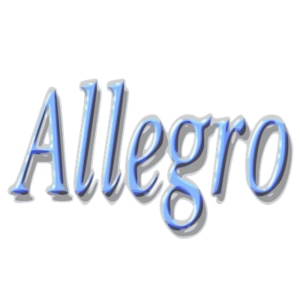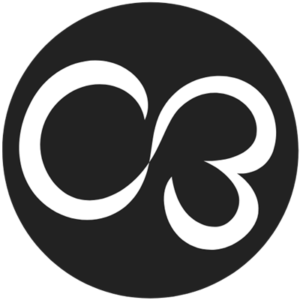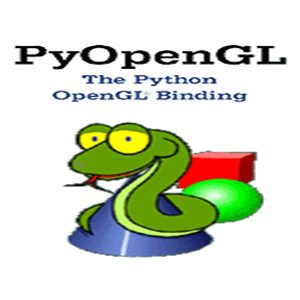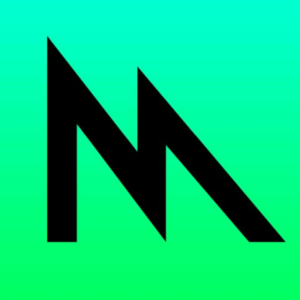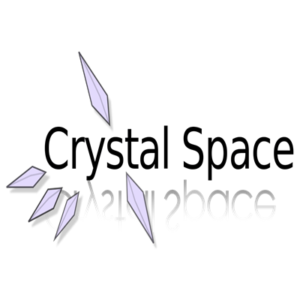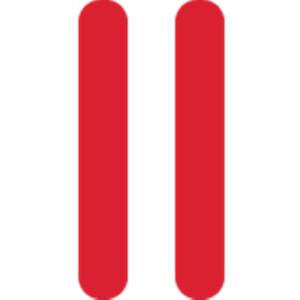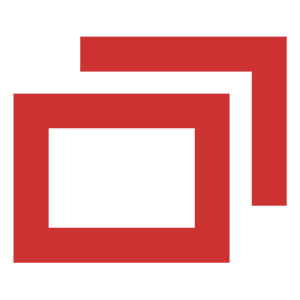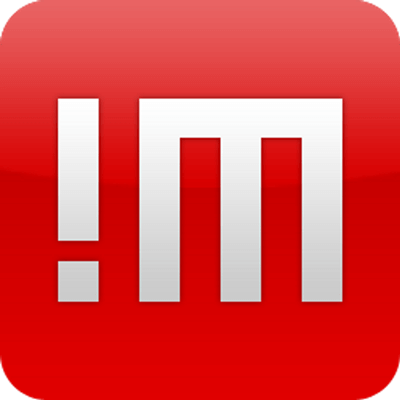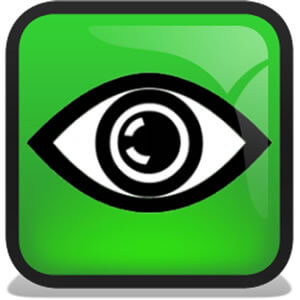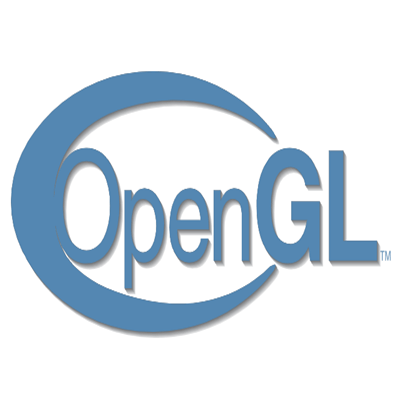
OpenGL Alternative & Similar Software – (Top 10 Best)
Contents
[vc_row][vc_column][vc_column_text]OpenGL is an acronym of the Open Graphics Library. It serves as an application programming interface (API). Through this, you can easily render 3D as well as 2D graphics. It was first released in the year 1992. Also, this is developed and distributed by the Khronos Group.
The main feature of the software is that it is specifically used to interact Graphics Processing Unit (GPU). It will help you in achieving hardware-accelerated rendering. So, it will surely increase the speed of rendering in your system. Plus, it will define output as well as the layout of each function. Also, it has continuously ongoing development. So, the newer versions are released regularly. Because of this, there won’t be any problem for you. Moreover, you will have new features and the latest technology pretty soon. It is also one of the most efficient and productive software available over the web.
Along with the above features, OpenGL is available for Windows devices only. But, it has support to almost any GPU (General Processing Unit). There is another great feature in the software that it has support to different languages which makes it a cross-language software. Plus, it has support for extensions. Although it is a feature-rich software you can also install extensions in it from a wide range as per your requirement. So, you can expand the feature list or have any specific feature for your purpose.
List Of Best OpenGL Alternative Software.
[/vc_column_text][/vc_column][/vc_row][vc_row][vc_column]
- Offers Collection of API to Handle Different Tasks.
- Provides Free SDK with Support to Directly Manage Resources.
- Not Available for Multiple Platforms.
- Cross-Platform Availability with High-Quality Performance.
- Support for Rendering of Both 2D & 3D Graphics.
- Slows Down System a Bit.
- Cross-Platform Compatibility and Based on OpenGL ES 2.0.
- Support to 2D and 3D Graphics Rendering with Simple Workflow.
- Doesn't Offer Desktop Software.
- Free and Open-Source with Cross-Platform Compatibility.
- Support for High-Performance Multimedia Apps and Games.
- Doesn't Support Rendering of Graphics.
- Cross-Platform Compatibility and Lightweight Software.
- Offers to Create and Manage Windows and OpenGL Context.
- Missing a Few Features.
- User-Friendly and Intuitive Interface with Cross-Platform Compatibility.
- Support for Image Manipulation with Audio & Text Output.
- Occurrence of Lagging.
- Simple and Easy To Use and Make Cross-Platform Games.
- Support to Write Once, Run Anywhere Approach.
- Doesn't Support Cross-Platform Availability.
- GLES.
- OpenGL.
- GLU.
- GLUT.
- GLE 3.
- Easy To Install with Cross-Platform Support.
- Support for Different Libraries and APIs.
- Doesn't Provide Advanced Features.
- Cross-Platform Software with Intuitive and Easy To Use Interface.
- Support for GPU-Driven Compute Encoding and Multi-Threading.
- No Windows Version Available.
- Free and Open-Source with Intuitive and Easy To Use Interface.
- Support for Game development and 3D Visualizations.
- Doesn't Offer a Mobile Application.
We hope you all like these OpenGL alternatives. If you believe we missed any important alternative to OpenGL software then don’t forget to share it with us. We will definitely review it and add that OpenGL alternatives software into the list.[/vc_column_text][/vc_column][/vc_row]

